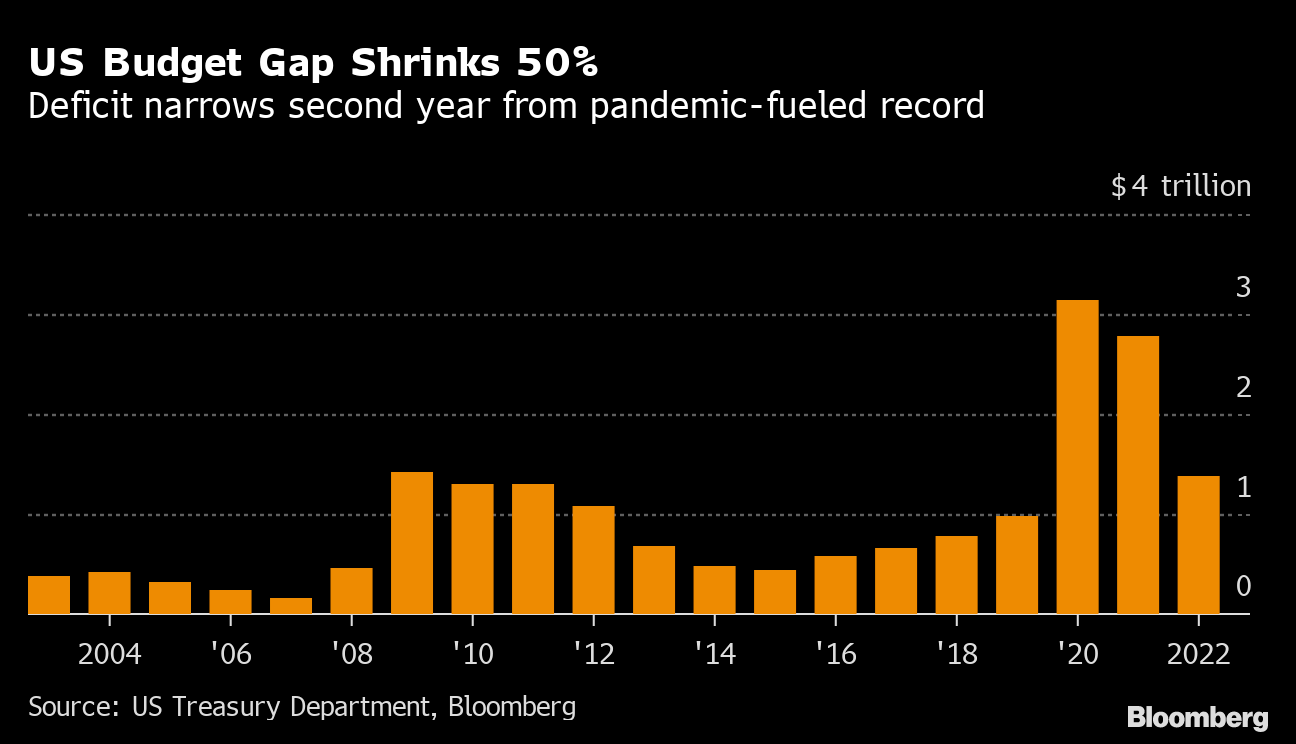Ongoing discussions to raise the US debt ceiling have been unsuccessful thus far.
The US government is expected to run out of money by late July according to Goldman Sach's projection.
Failure to raise the debt ceiling in time to secure necessary liquidity for interest payments and bond redemptions would result in a US default for the first time.
The debt ceiling is a limit or cap on the amount of money that the US government is allowed to borrow. The debt ceiling is set by Congress and it works like a credit limit - you can't borrow once you hit it.
Why does the government need to borrow money? Well, the government spends more money than it collects in taxes. This gap between what it spends and what it earns is called a budget deficit. To make up for this deficit and keep the government functioning, the US Treasury borrows money by issuing bonds and other financial instruments.
The US has been running on a yearly deficit.
Hence, it has to keep borrowing and the debts have piled up over the years.
The debt ceiling is in place to ensure that the government doesn't accumulate an excessive amount of debt. It serves as a check and balance to control government borrowing and prevent it from spiraling out of control. When the debt reaches the predetermined limit set by the debt ceiling, Congress needs to authorize an increase in the limit to allow the government to continue borrowing and meet its financial obligations.
But it hasn't been effective in stopping the deficits from occurring nor the debts from rising. The Congress has been kicking the can down the road by raising or suspending the debt limit 78 times since 1960.
Picture a person who consistently spends more money than they earn and relies on borrowing to maintain their lifestyle. Whenever they reach their credit limit, they approach the bank and request an increase in the limit, allowing them to borrow even more. This scenario reflects the current situation of the United States in a personal finance context.
The US can keep borrowing money because it has a good track record of paying back its debts, a strong economy, and many people trust the US to repay what it owes. The US dollar is also widely accepted and used around the world, which makes it easier for the US to borrow money. Basically the US can get away with more debts and more money printing as long as it remains the leader of the world.





